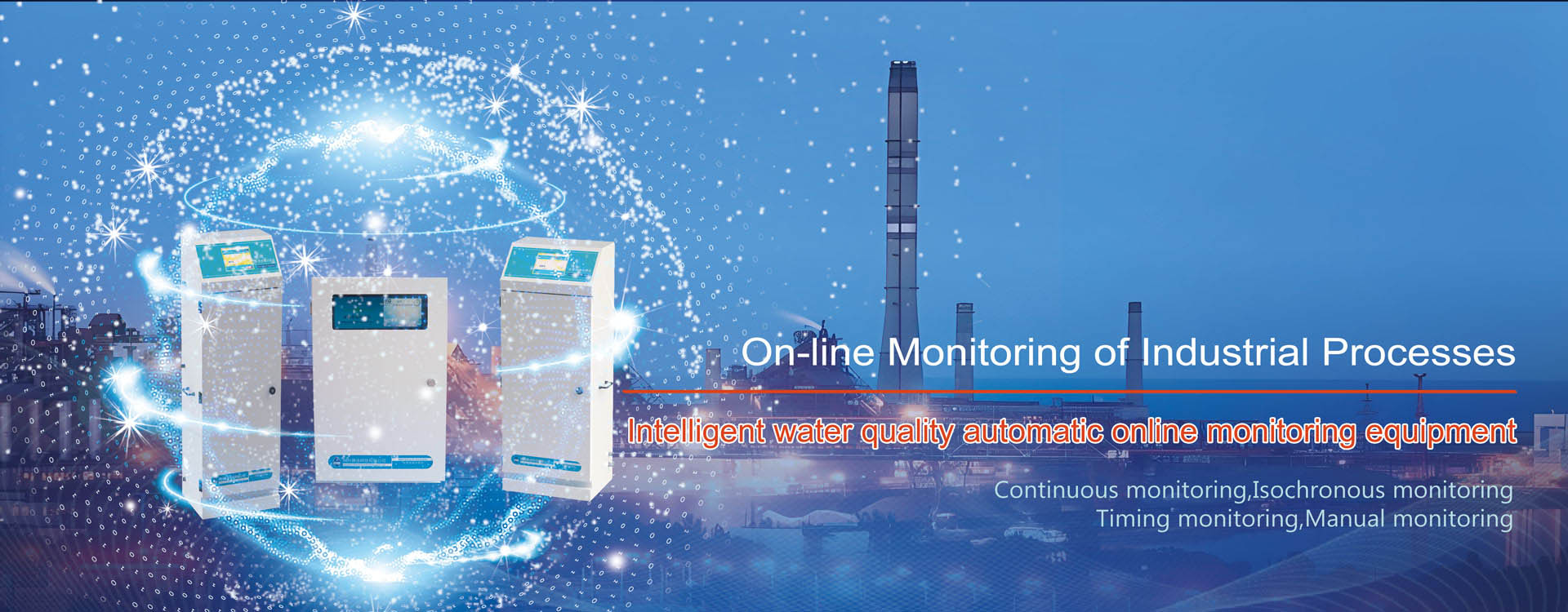There are many reasons that can lead to excessive ammonia nitrogen in water, and the age of sludge can also make it exceed the standard. What is sludge age? Sludge age refers to the ratio of the total amount of activated sludge in the aeration tank and the amount of sludge discharged every day, which is the average residence time of activated sludge in the aeration tank, so it is also known as the average residence time of biosolids, and the unit is d. What are the causes of excessive ammonia nitrogen due to sludge age? What is the solution? Water quality online monitor manufacturers to understand this problem with you!
Briefly Explain Two Scenarios
1.Too much mud is pressed, resulting in increased ammonia nitrogen;
2.When the sludge reflux is unbalanced, the sludge reflux difference between the two sides of the system is too large, resulting in the increase of some ammonia nitrogen with less sludge reflux;
According to analysis: whether the mud pressure is too high and the sludge reflux is too little will lead to the sludge age of the sludge is reduced, this is because the bacteria have a time period, SRT is lower than the generation period, it will lead to the bacteria can not aggregate in the system, the formation of no matter sometimes the bacteria, so it can not remove its corresponding metabolites (the general mud age is 3-4 times the bacterial generation).
There Are Several Solutions
1.Need to reduce water intake or smothering;
2.Add the same type of sludge (under normal circumstances, 1,2 with a better effect);
3.If the problem is caused by the unbalanced sludge return, reduce the water intake or smudging of the problem series and return part of the sludge to the problem series under the condition of ensuring the normal operation of the series.
If you want to know about the water quality monitor users can pay attention to Hangzhou Modi -Tech!




